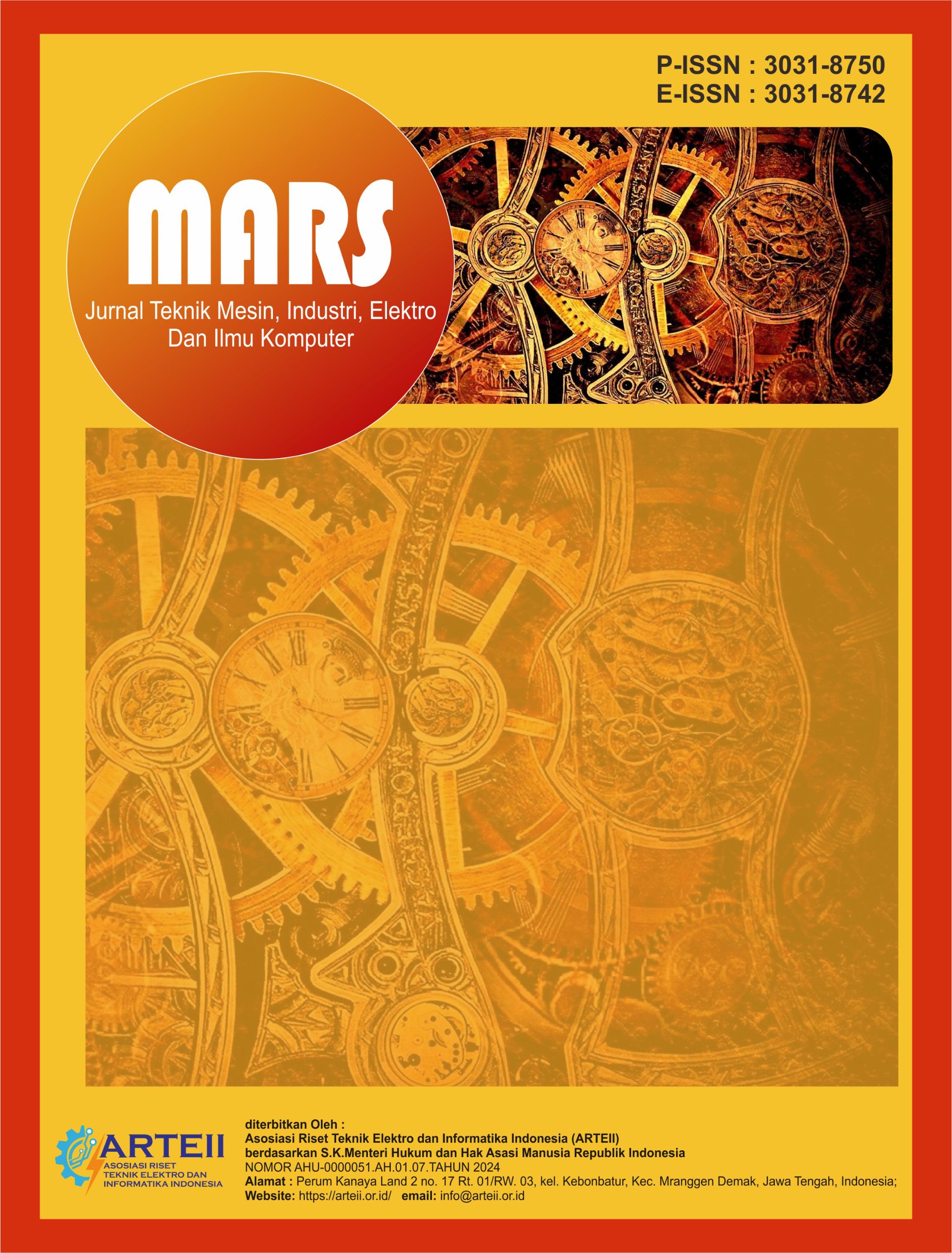Optimalisasi Strategi Bisnis UMKM: Analisis SWOT dan QSPM pada Yoga Barbershop di Palaran
DOI:
https://doi.org/10.61132/mars.v3i4.923Keywords:
SWOT Analysis, QSPM, MSMEs Development Strategy, MSMEs Challenges, Business CompetitionAbstract
This study ais to formulate development strategies for Yoga Barbershop in Palaran, East Kalimantan, using SWOT analysis and the Quantitative Strategic Planning Matrix (QSPM). SWOT analysis is utilized to assess internal and external factors,combned with QSPM to determine priority strategies. The study reveals that Yoga Barbershop’s strengths nclude customer loyalty, a strategic location, modern haircut styles,and ownership of the business premises, which reduces operational costs.However, identified weaknesses consist of limited service facilities, inflexible operating hours, restricted space, noise issues, and insufficient staff. Meanwhile, opportunities for Yoga Barbershop include opening new braches and recruiting additional employees. Threats arise from similiar business competitors and changes in hairstyle trends. Based on the findings, Yoga Barbershop’s IE matrix places the business in quadrant V, with a total IFE score of 2,72 and an EFE score of 2,71, indicating a stable position that requires stability strategies. The recommended strategy is the weakness-opportunity (WO) approach. Priority strategic recommendations, in order of importance, are opening a new branch, training new staff, and increasing the flexibility of operational hours.
References
David, F. R., & David, F. R. (2017). Strategic management: A competitive advantage approach, concepts and cases (16th ed.). Pearson Education.
Gürel, E., & Tat, M. (2017). SWOT analysis: A theoretical review. The Journal of International Social Research, 10(51), 994–1006. https://doi.org/10.17719/jisr.2017.1832
Kotler, P., & Keller, K. L. (2016). Marketing management (15th ed.). Pearson Education.
Pearce, J. A., & Robinson, R. B. (2011). Strategic management: Formulation, implementation, and control. McGraw-Hill Education.
Porter, M. E. (1985). Competitive advantage: Creating and sustaining superior performance. Free Press.
Rangkuti, F. (2019). Analisis SWOT: Teknik membedah kasus bisnis. Gramedia Pustaka Utama.
Tambunan, T. T. H. (2019). Entrepreneurship development for SMEs in Indonesia: An analysis of policies, programs, and institutions. Journal of Business and Management, 13(1), 45–57.
Teece, D. J. (2014). The foundations of enterprise performance: Dynamic and ordinary capabilities in an (economic) theory of firms. Academy of Management Perspectives, 28(4), 328–352.
UKM, Kementerian Koperasi dan. (2020). Laporan perkembangan UMKM tahun 2020.
Wheelen, T. L., & Hunger, J. D. (2012). Strategic management and business policy: Toward global sustainability (13th ed.). Pearson.
Downloads
Published
How to Cite
Issue
Section
License
Copyright (c) 2025 Mars : Jurnal Teknik Mesin, Industri, Elektro Dan Ilmu Komputer

This work is licensed under a Creative Commons Attribution-ShareAlike 4.0 International License.





